
Spinning Lamp version 2

TIME TO COMPLETE
30 min. to an hour
WHAT WILL YOU MAKE?
You will learn to use woodworking and other construction techniques to create an artful lamp housing. You will also learn to wire and solder the electrical components for a lamp and motorized base.
WHAT WILL YOU NEED?
- Cardboard
- Crafting Materials
- General Hand Tools
- Other Materials
- Soldering Iron
- Tools
- Upcycled / Recycled materials

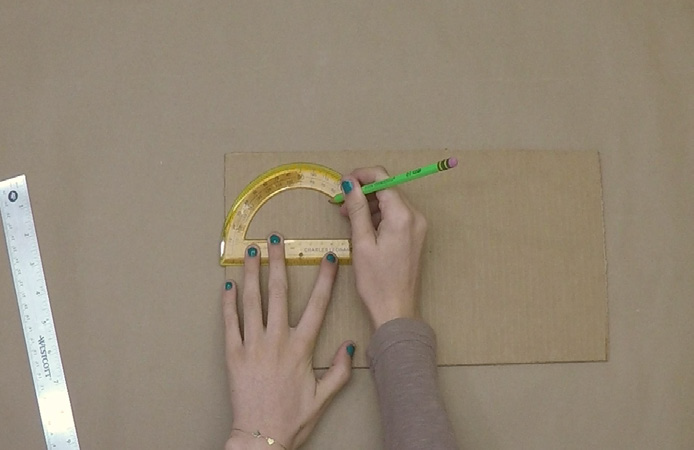
STEP 1
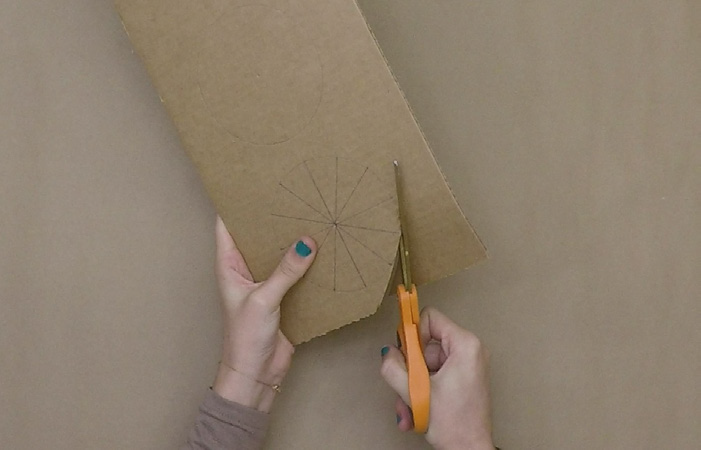
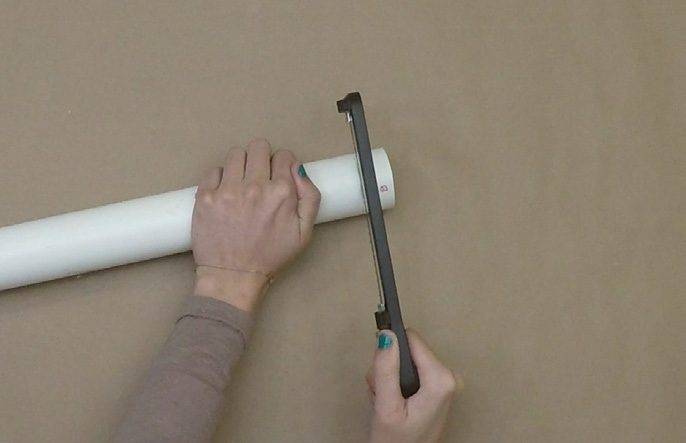
STEP 2
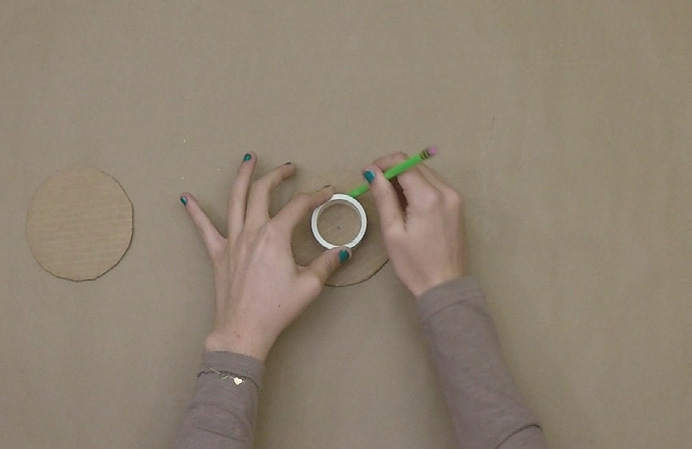
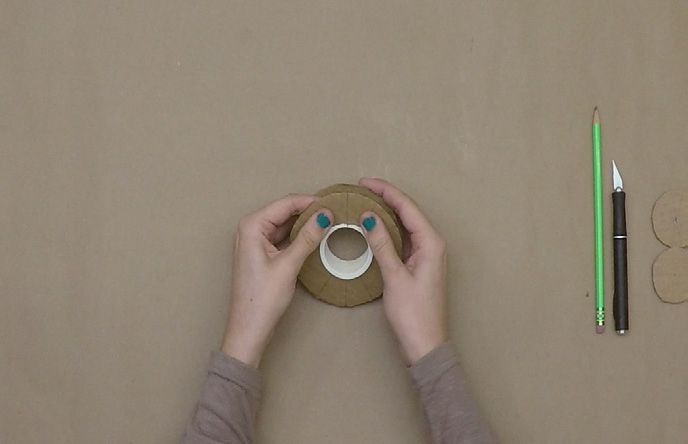
STEP 3
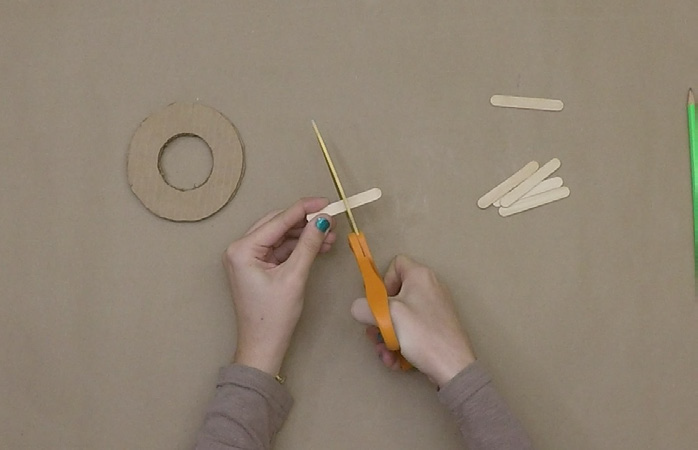
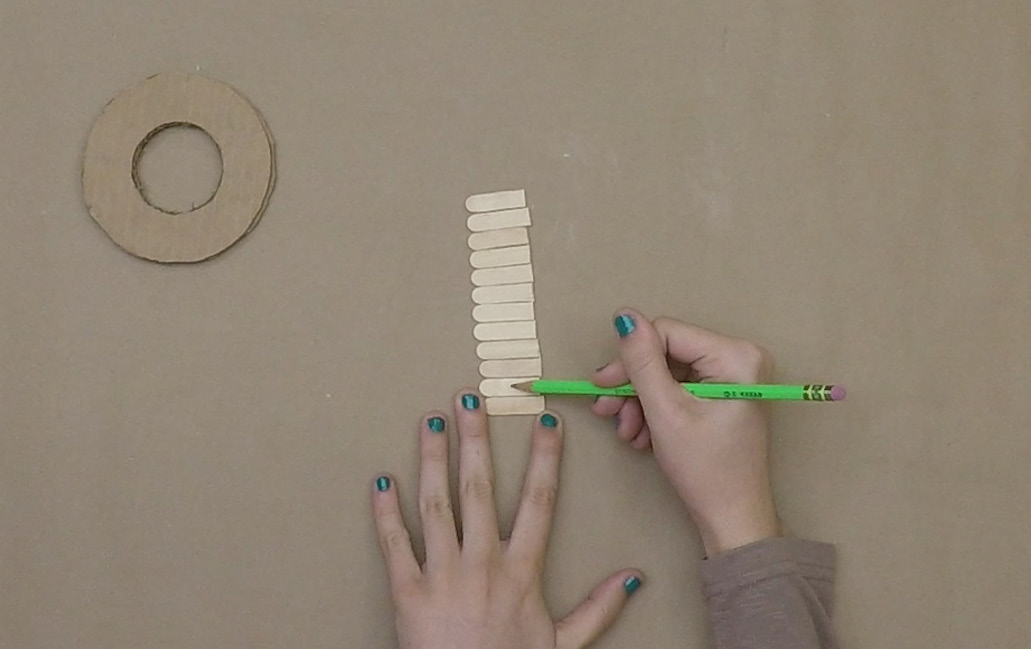
STEP 4
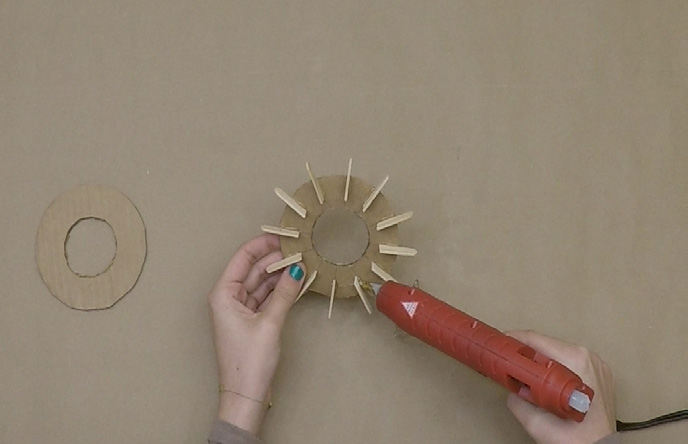
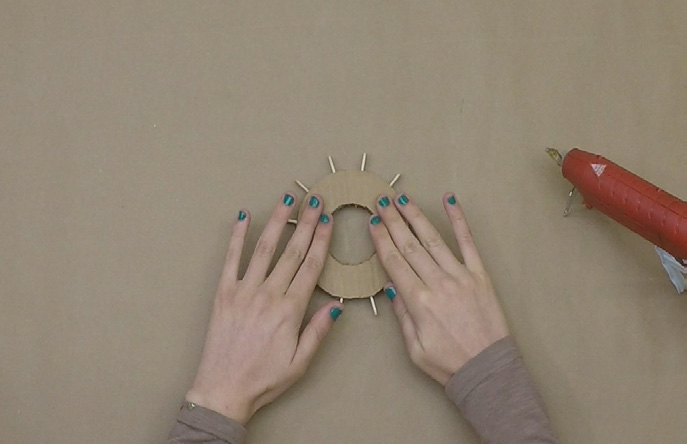
STEP 5
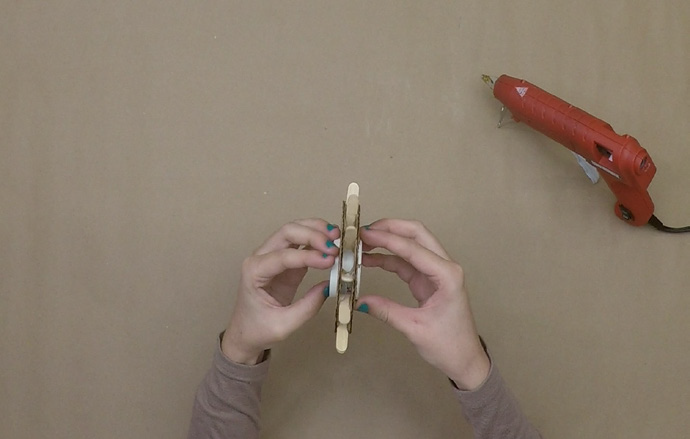
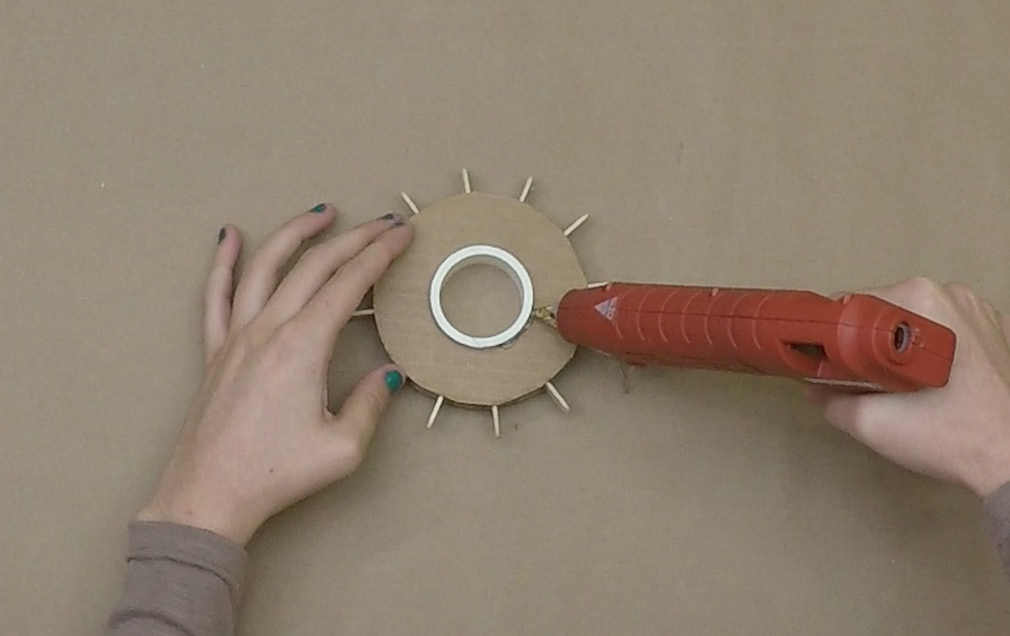
STEP 6
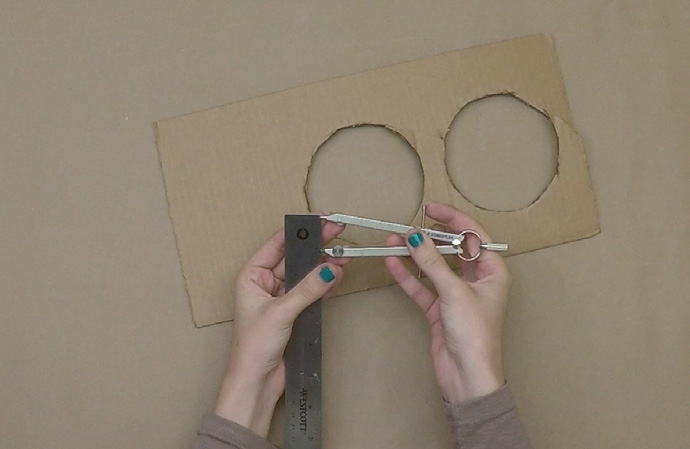
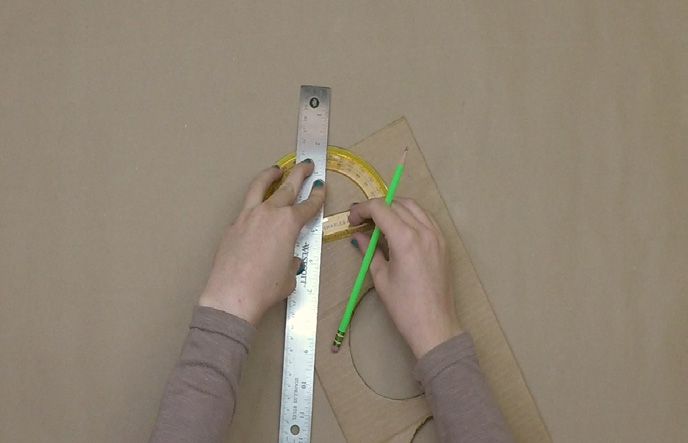
STEP 7
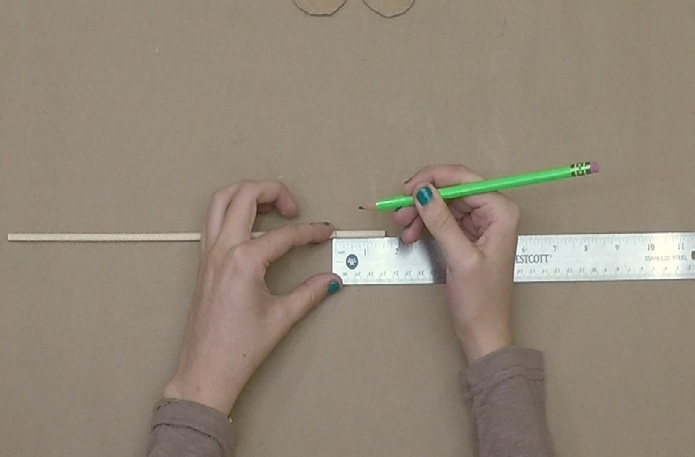

STEP 8
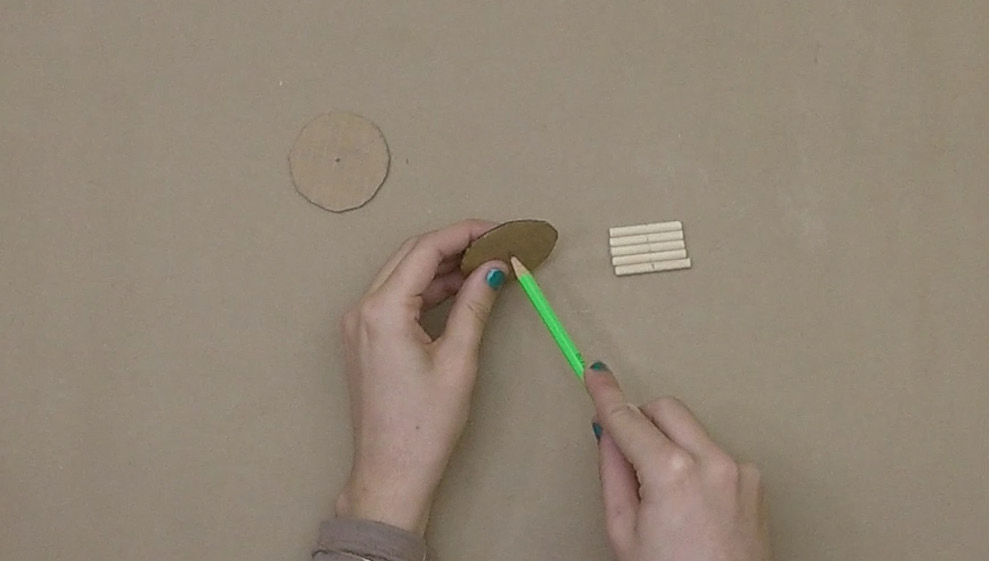
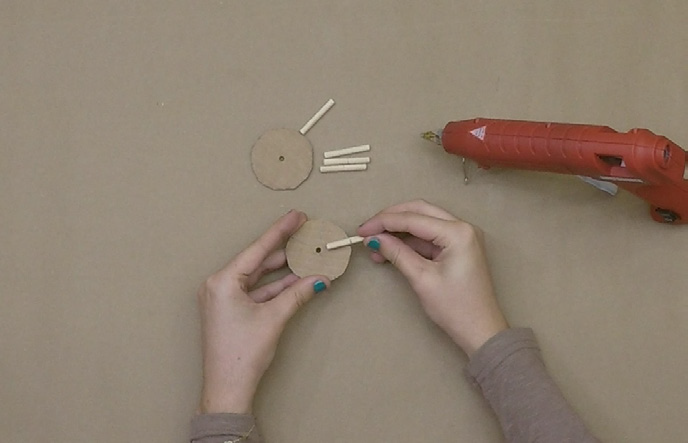
STEP 9
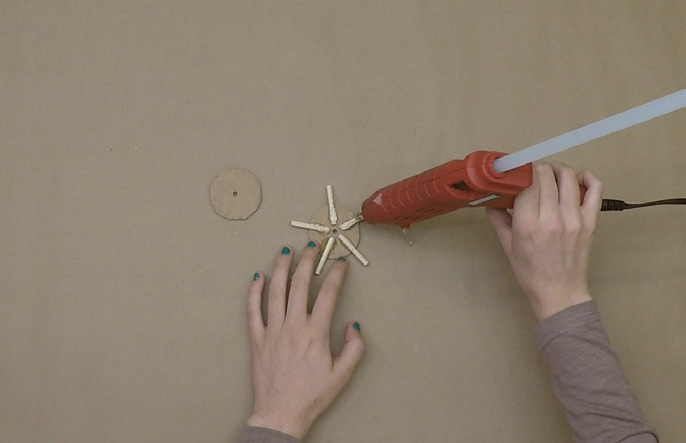
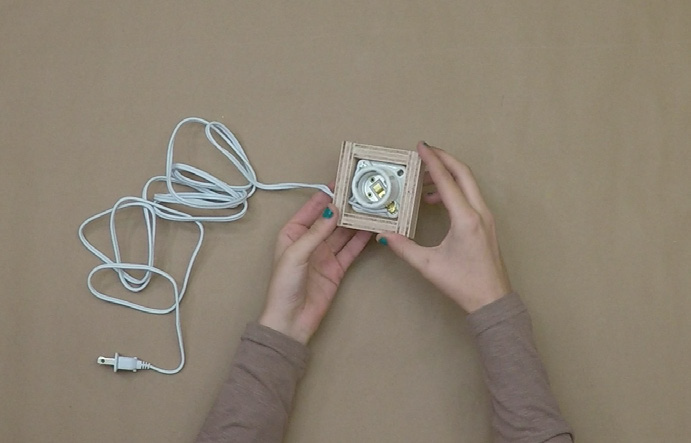
STEP 10
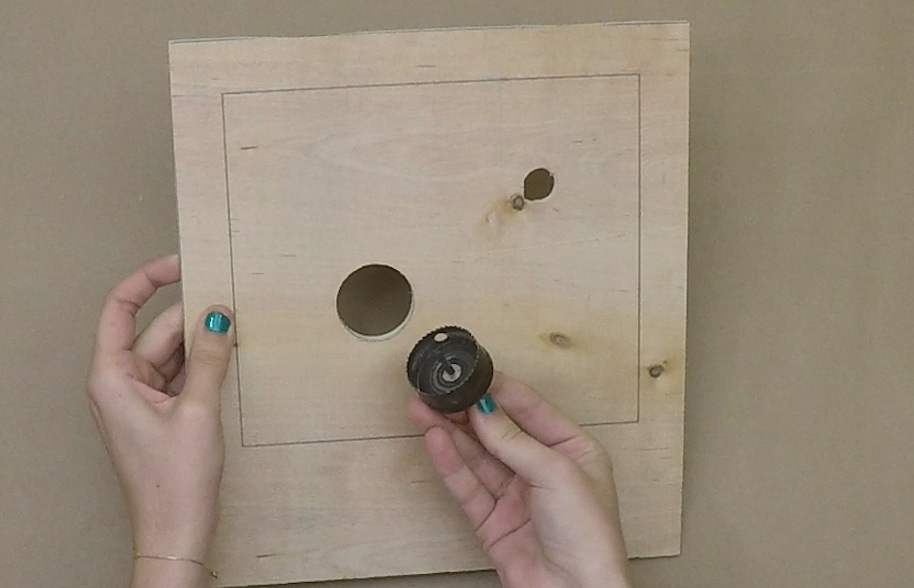
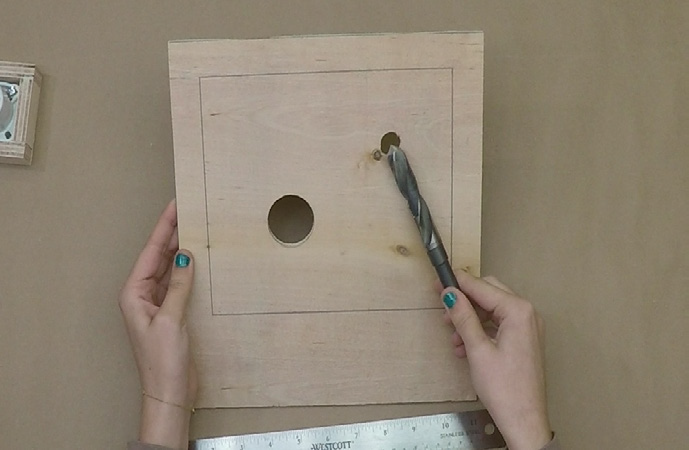
STEP 11
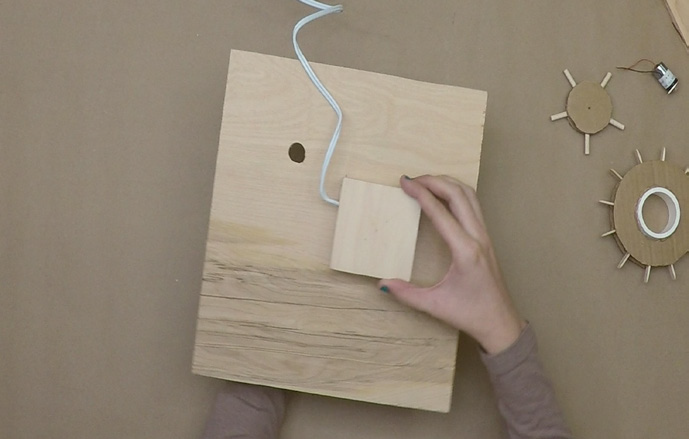
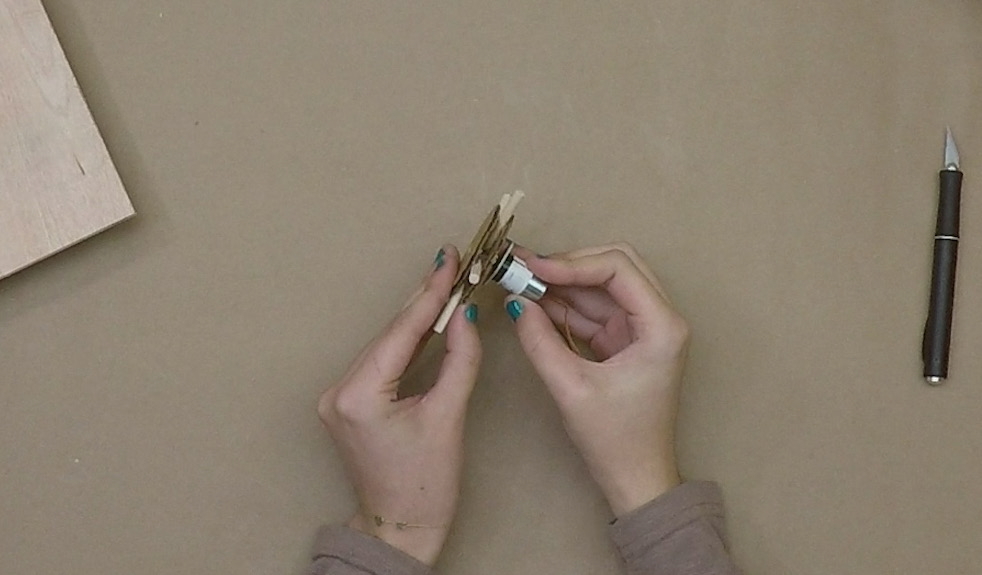
STEP 12
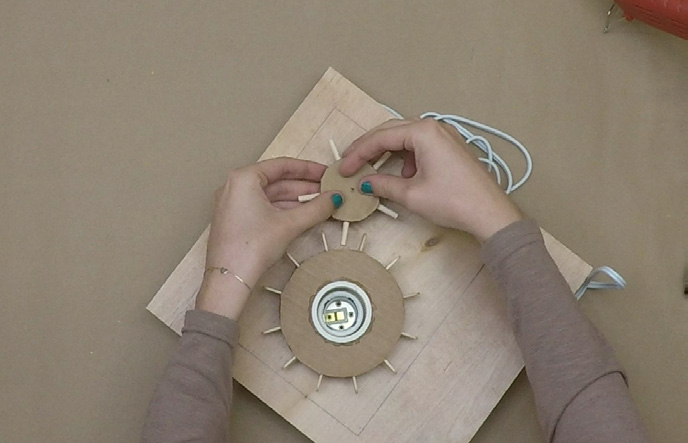
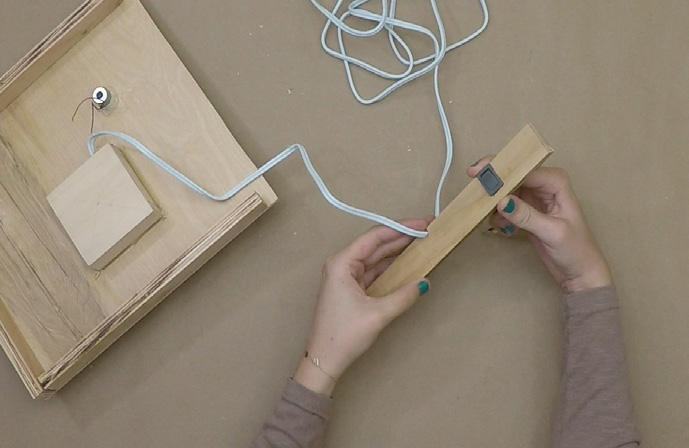
STEP 13
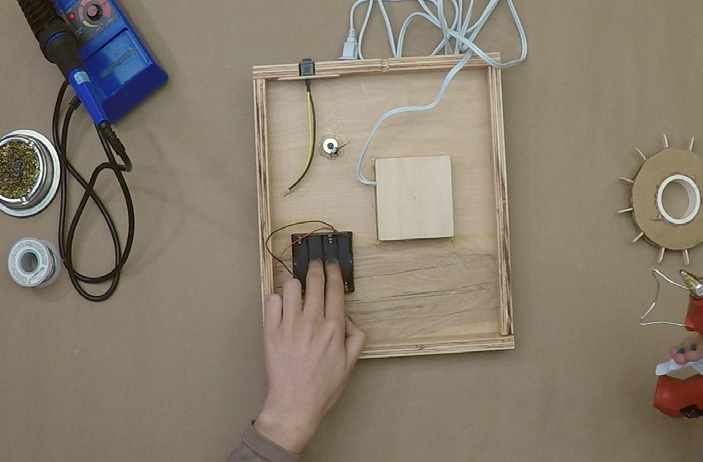
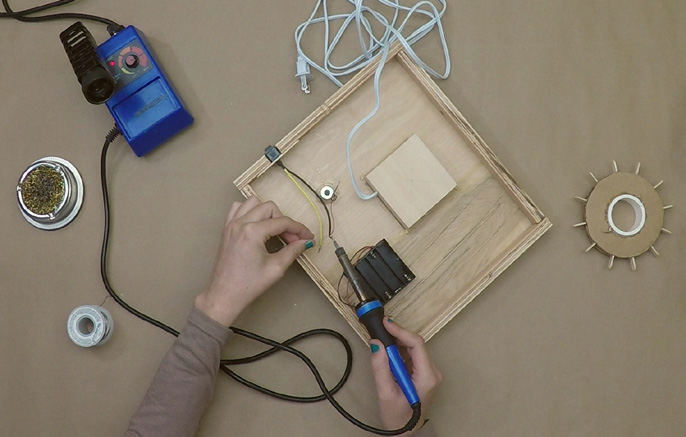
STEP 14

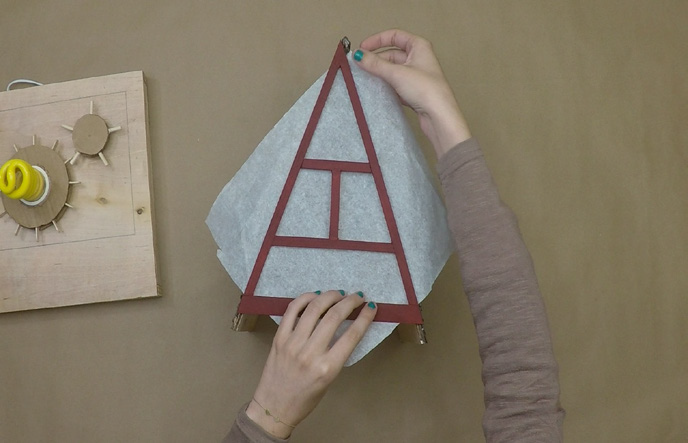
STEP 15
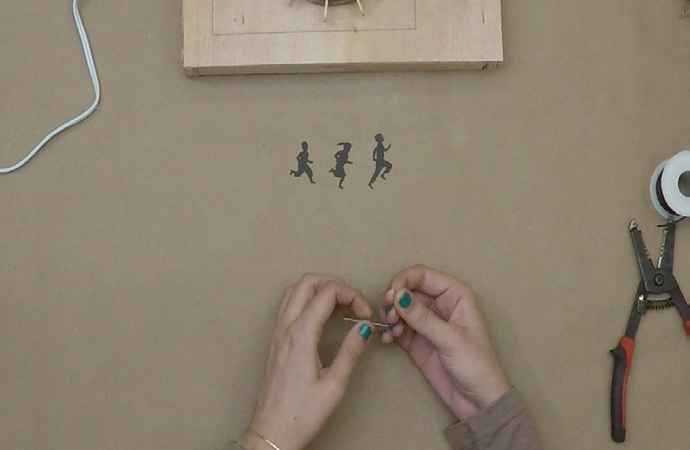
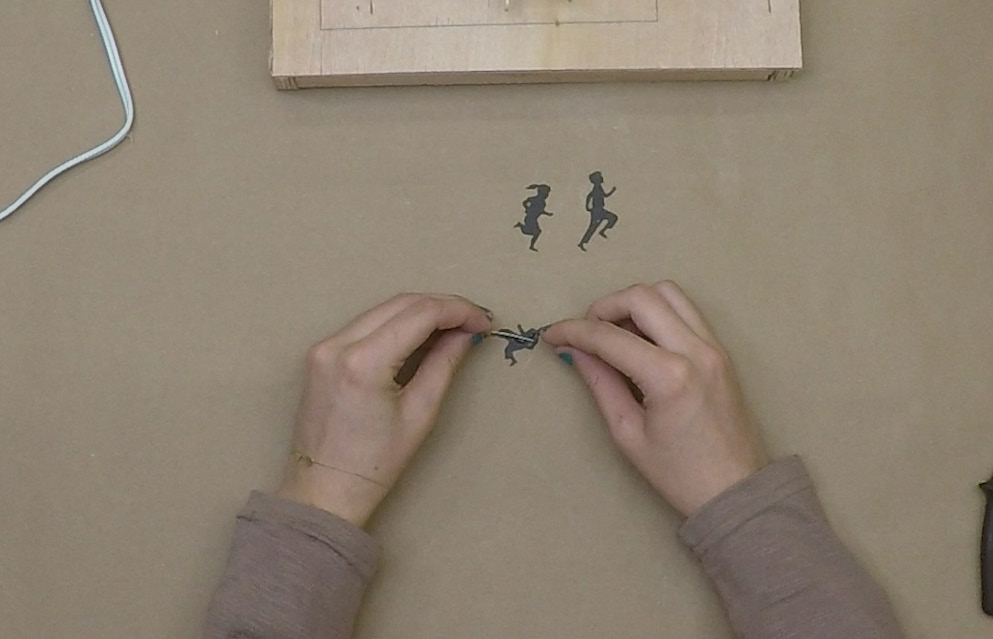
STEP 16
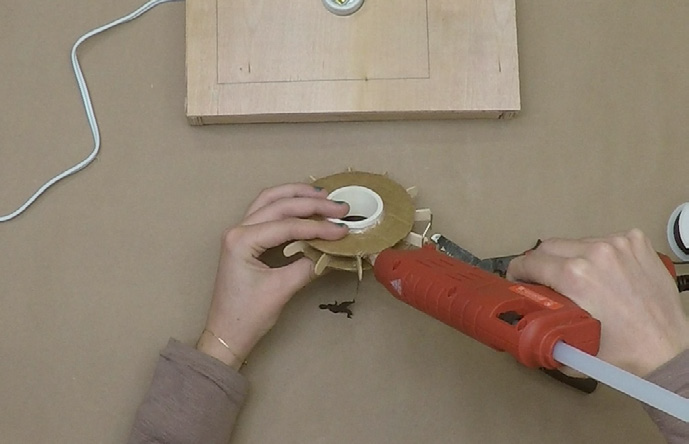
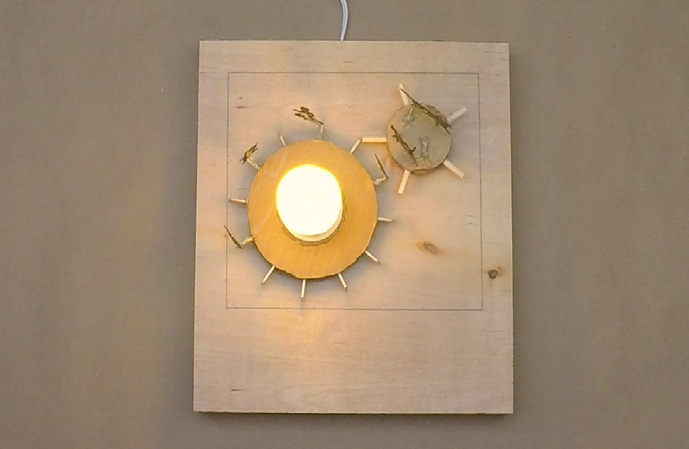
STEP 17
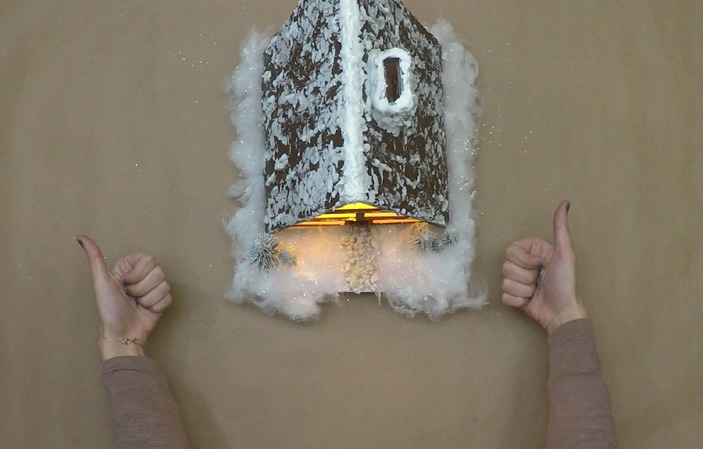
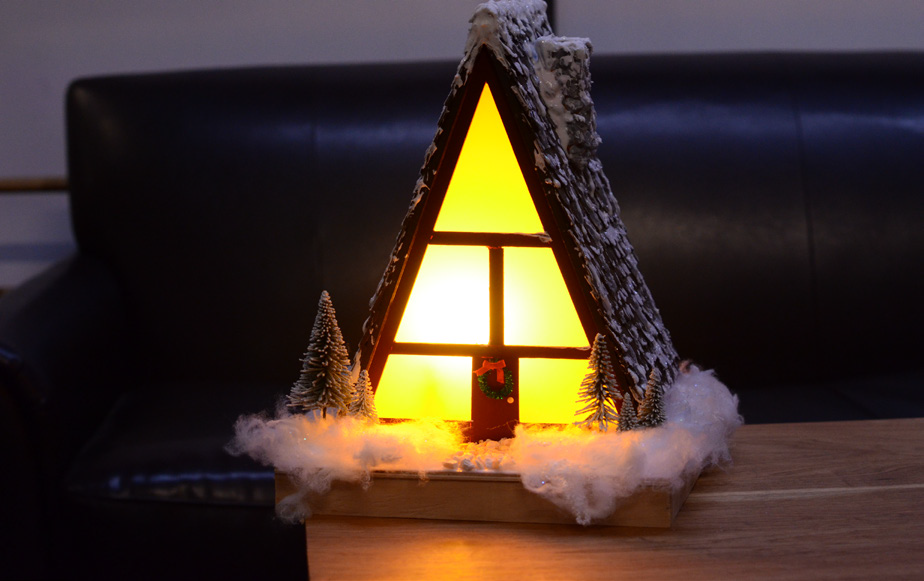
STEP 18
Please Note
Your safety is your own responsibility, including proper use of equipment and safety gear, and determining whether you have adequate skill and experience. Power tools, electricity, and other resources used for these projects are dangerous, unless used properly and with adequate precautions, including safety gear and adult supervision. Some illustrative photos do not depict safety precautions or equipment, in order to show the project steps more clearly. Use of the instructions and suggestions found in Maker Camp is at your own risk. Maker Media, Inc., disclaims all responsibility for any resulting damage, injury, or expense.
